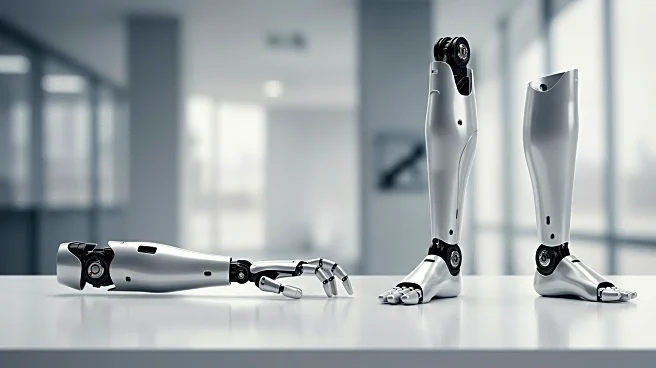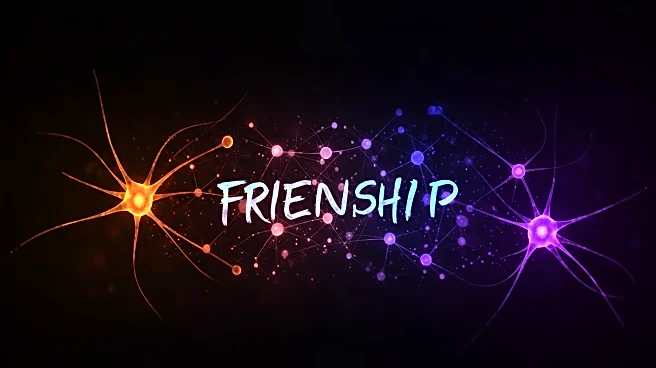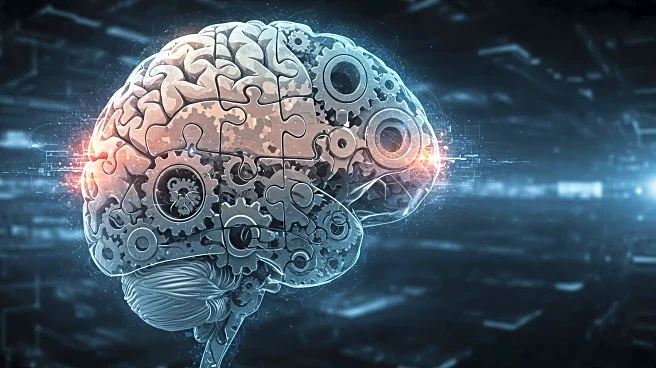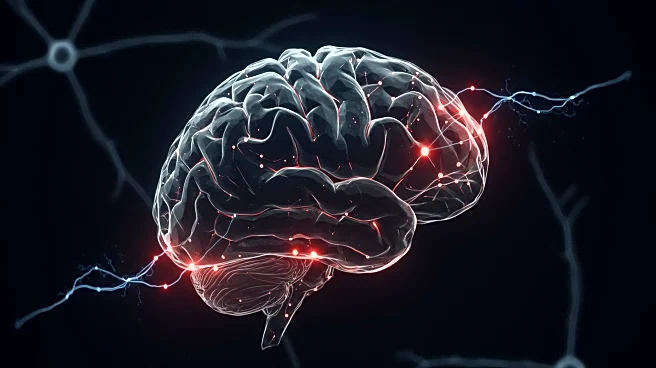Rapid Read • 7 min read
Chinese scientists have introduced a groundbreaking technology that renders organs like the brain and heart transparent, providing an unprecedented view of their internal structures. This method, developed by a team from Tsinghua University, produces highly accurate and vivid 3D images by preserving the biological integrity of the organs and enhancing the brightness of fluorescent dyes used to highlight cells and molecules. The technique involves preparing ionic glassy tissue that remains transparent while maintaining its original morphology. At low temperatures, these tissues form a glassy solid, ensuring long-term structural integrity and storage capabilities.
AD
This advancement in imaging technology holds significant implications for medical research and diagnostics. By allowing scientists to study the micro-connectivity of human neurons and other intricate biological structures, this method could lead to breakthroughs in understanding neurological diseases and developing targeted treatments. The ability to visualize organs in such detail may also enhance surgical planning and precision, potentially improving patient outcomes. Furthermore, the long-term storage capability of these transparent tissues could facilitate ongoing research and collaboration across the scientific community.
The development of this transparent imaging technique may prompt further research into its applications in various medical fields. Scientists and medical professionals could explore its use in studying other complex organs and systems, potentially leading to new insights into human biology and disease mechanisms. As the technology gains recognition, it may attract interest from international research institutions and healthcare organizations seeking to integrate it into their diagnostic and treatment protocols.
The ethical implications of this technology could be significant, particularly concerning privacy and consent in medical imaging. As the ability to visualize internal organs becomes more advanced, discussions around the ethical use of such technology in research and clinical settings may arise. Additionally, the cultural impact of this innovation could influence public perceptions of medical science and its capabilities.
AD
More Stories You Might Enjoy










